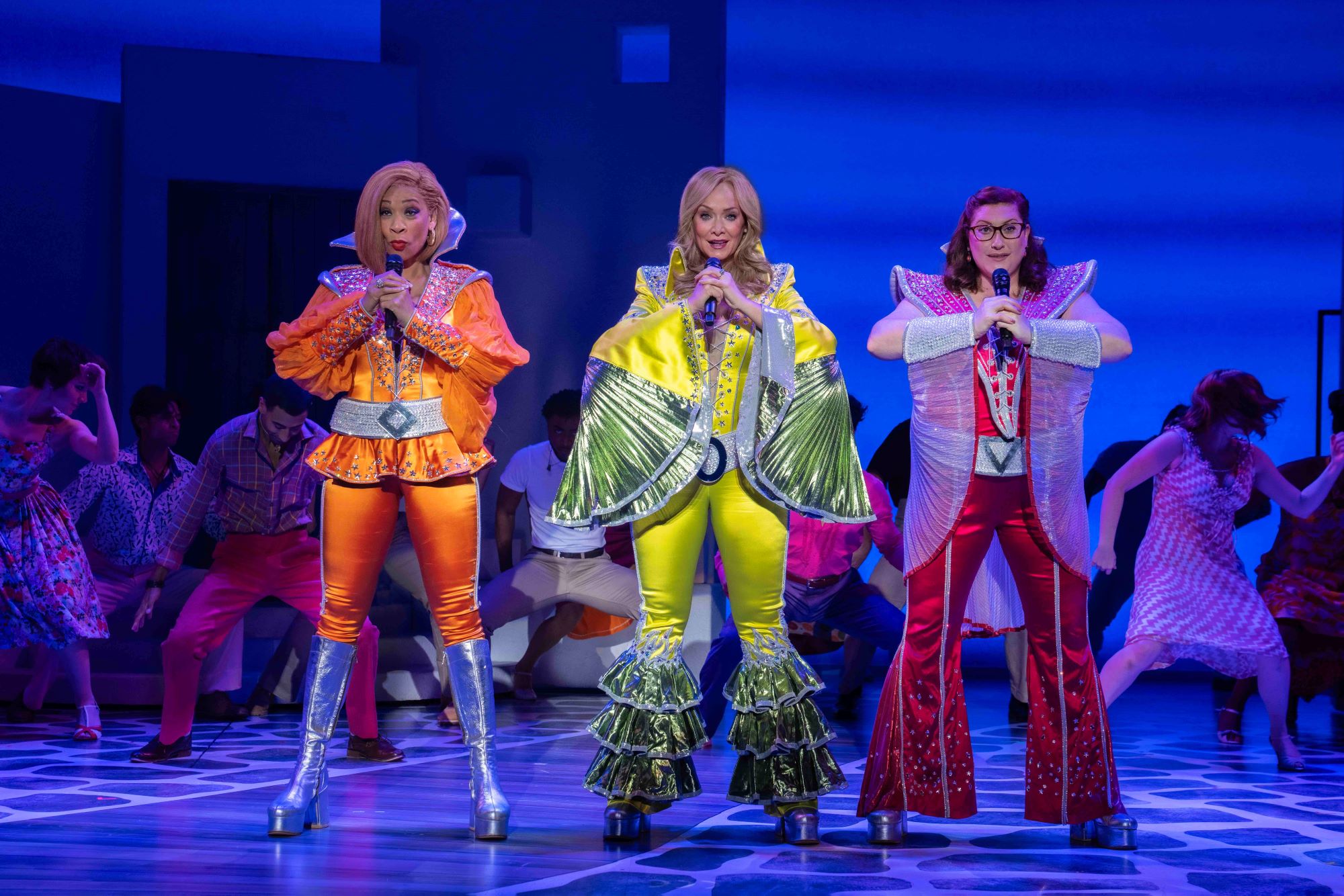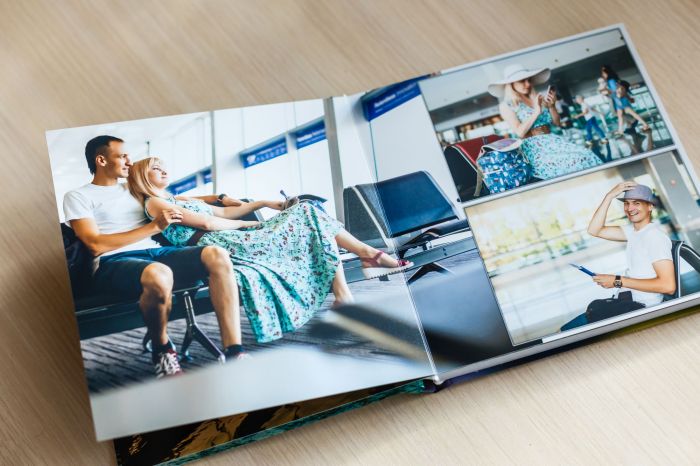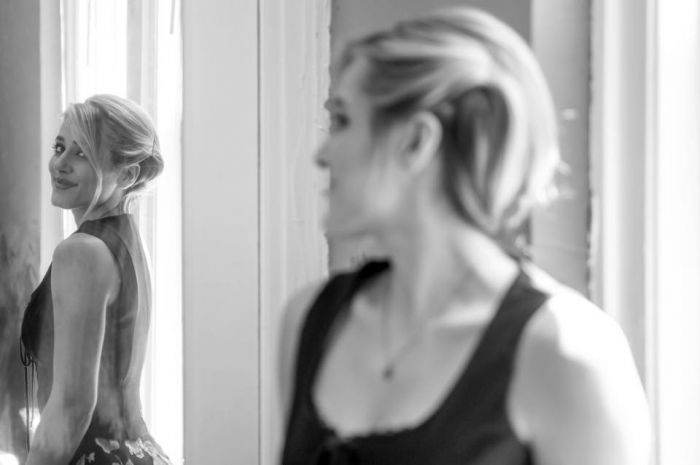
Does it come in a flash of creativity, the music flowing into your brain effortlessly, or is the process a little more painful with endless frustrating nights spent staring at the piano? Musicians will claim both are true, but chances are there is something in your past—some piece of music you heard twenty years ago, another artist you enjoy listening to, or a soundtrack to your favorite movie—which has provided you with inspiration. The inspiration from others is always there, and the most successful musicians acknowledge that inspiration and thrive on it. Despite these influences, they are creating completely new and original art which nonetheless incorporates bits and pieces of music from those who have gone before them. That process of drawing inspiration from others and making it your own is what makes music great, and it often begins simply when one musician listens to another artist’s work, and wonders, “How did they do that?,” “What equipment did they use?” or “What combination of musical instruments created that powerful sound I enjoyed so much?”
“It’s a common practice for professional musicians to draw inspiration from others, and to seek out technical information to learn how to produce certain sounds,” said Michael Pierce, founder of EquipBoard, an online database of artists and the gear they use. “But there is often a gap between inspiration, and actually using that inspiration to create something artistic and unique. Closing that gap starts with the equipment chase—simply understanding how that particular piece of music was created, with what type of gear. Once you are able to understand the mechanics, then you can truly take that inspiration and begin the creative process.”
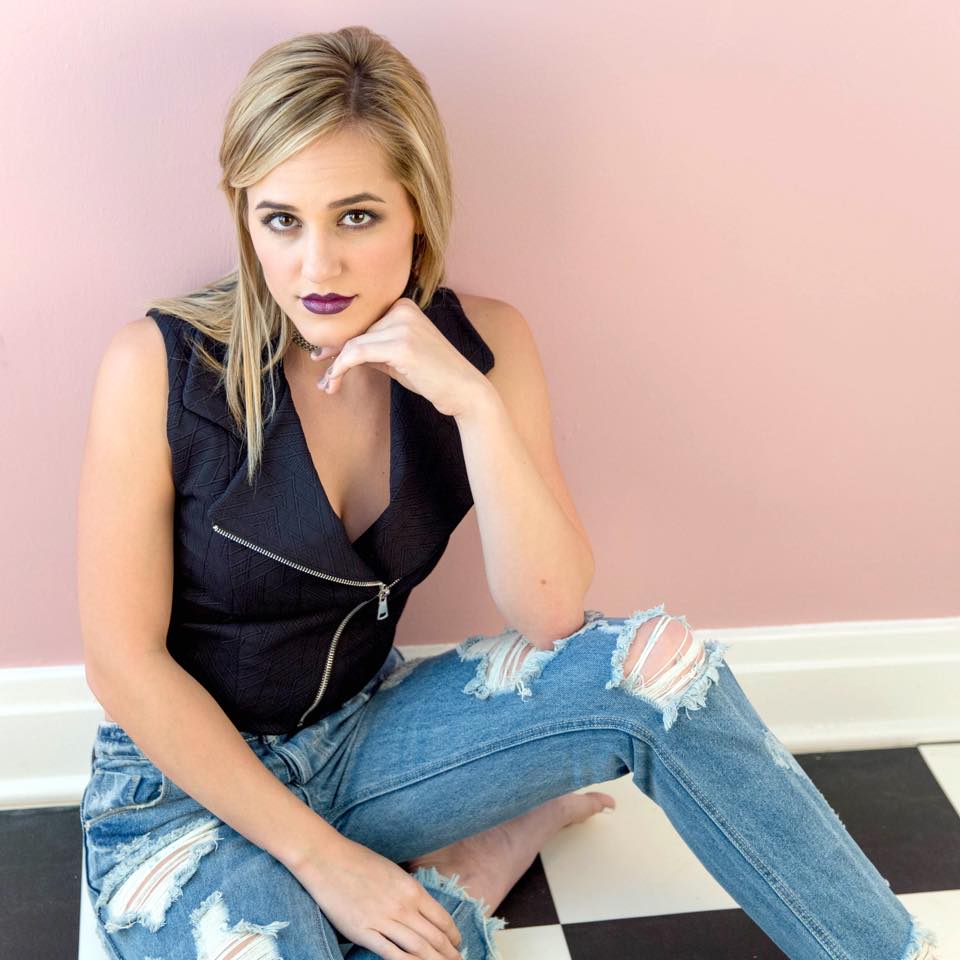
Mary Sarah: A New, Powerful Voice in Country Music
There are only a handful of singers who have that uniquely powerful, strong voice which inexplicably transcends the music itself and becomes an emotional experience for the listener. Patsy Cline was one such singer, and it’s no wonder Mary Sarah lists Patsy, along with Dolly Parton, among her greatest inspirations. Very few female vocalists have the raw energy to keep up with the likes of Dolly Parton’s powerhouse vocals, but Mary Sarah proved she had the chops when she teamed up with Dolly for the iconic country chick ballad, “Jolene” as part of her Bridges album when she was just 15 years old.
“My biggest influences are Patsy Cline, Loretta Lynn, Tammy Wynette and Connie Francis, a lot of the females in country music that worked really hard to get where they are. It took a lot of work, especially being a female in the industry,” says Mary. For such a young singer, to draw inspiration from such classic great voices is an inspiration in itself. “What I really love about classic country music is that back then you didn’t have auto-tune, and you didn’t have these devices to make a sound different or make us sound better than we actually are. It’s just the talent from the actual artist, and that’s something that blows me away. It’s something I strive for every single time I’m up on stage, when I’m recording, or just singing in general, I always just try to make sure it’s my best.”
Mary draws that inspiration from the greatest country legends of all time, and you can tell in her music that she has made it into something uniquely her own. “In making it your own, it really comes with practice,” she says. “I take a song I learned, mess around with the song and find what I really like in myself and my own voice. And whatever comes out, comes out naturally. Sometimes people can be a little afraid, and say, oh God, what if it sounds bad? Well, sometimes you have to sound bad to figure out the good.” Mary is no stranger to the equipment chase, and loves to find new sounds. “It’s intriguing,” she says. “You hear things like that, and say, ‘what is that?’ And then I have to go and actually research it and invest a little more time into it. I think it’s so cool to try to find sounds that people aren’t using. I love when that happens in songs.”
Besides having the privilege of singing with Dolly Parton at 15 years old, Mary has already had her debut at the Grand Ole Opry, a defining moment in her career. “I remember looking down at the circle and my whole world stopped around me. I had to take a moment. It’s one of the most amazing things I’ve ever felt in my entire life. I felt like Patsy. It made me feel like Loretta. The lights, the crowd, everything. It took me back to the classic days, and the beginning of the Opry, and all at once I felt the history of it.”

Alissa Musto: A Balladeer Influence
For Boston singer and songwriter (and Miss America 2017 finalist) Alissa Musto, her biggest inspiration is personal events in her own life. Her biggest musical inspirations are Bruce Springsteen, Billy Joel and Elton John. “As a pianist first and foremost, I admire the emphasis that each of these artists put on their instruments,” said Alissa. “These musically complex arrangements are then paired with lyrics that tell a story and captivate an audience. There’s a lot of substance behind their work.” In her original song “A Little More Cynical,” her rich interplay of piano and vocals recalls Elton John, with a little of that balladeer influence from Springsteen coming through in her wonderfully soulful musical journey.
Alissa’s process draws elements from her greatest inspirations and she makes them her own. “When I first hear a new piece of music that I like, I’ll listen to it until I can mentally compartmentalize all of the parts: the bass line, the drum beat, the vocal harmonies, the piano lick, etc. I’ll note any instrumentation I like, as well as other small nuances, and try to incorporate some of these elements into my own songs. If I’m really digging a sound, I’ll send it to my producer in the studio and let him know that ‘this is what I’m going for.’ I’d like to think that I’m paying tribute to these artists, rather than blatantly copying. When recording a song called “Freedom” I showed my producer “Video Games” by Lana Del Rey. I wanted to emulate that ambient, airy, orchestral sound and incorporate similar melancholy reverb-heavy vocals.”
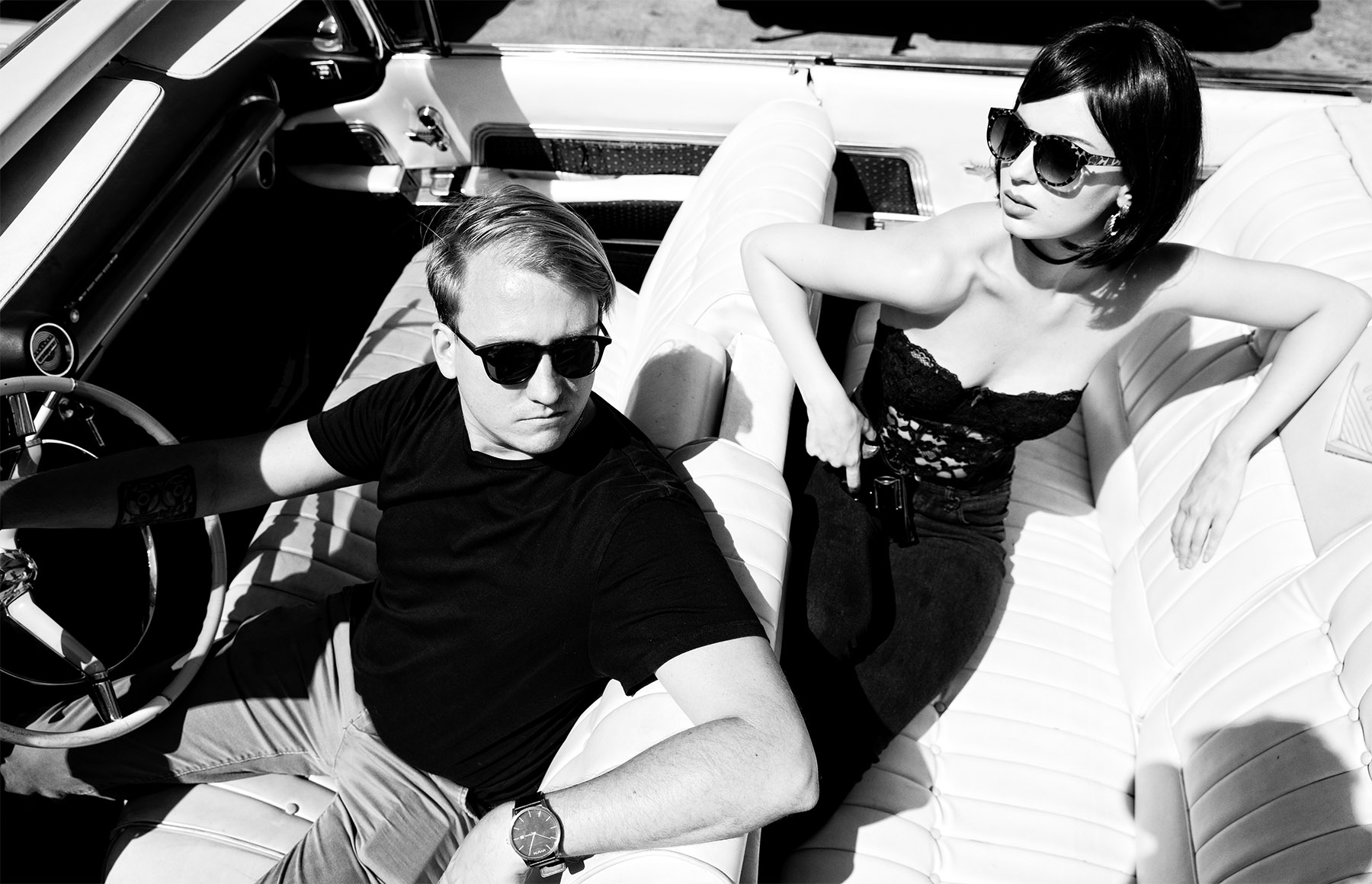
Rob LaFond: Jimi Hendrix Inspired, Without the Burning Guitars
Los Angeles based musician Rob LaFond recalls, “I grew up on hip hop, rap, and pop music in the ‘90s. Everything from N.W.A. to Vanilla Ice. My first concert was The New Kids On The Block, and it was Donny’s birthday, and I got hit with cake.” His influences are diverse, and one can hear a little Tom Petty in “Open Road," and his dramatic “She’s Dangerous” recalls a blues-rock overtone of Dire Straits.
Jimi Hendrix was LaFond’s very first inspiration when as a boy, he got the Ultimate Experience compilation. “After I got the album I begged my Dad to buy me an electric guitar, and when I got it, I tried to mimic all of Jimi’s riffs on that album. I secretly practiced some of his guitar moves too, trying to play behind my back and with my teeth. I’ve always like a bit of showmanship in a performer, especially if it’s done in a cool way. I’ve incorporated some of it into my performances, but no burnt guitars yet.”
Like many artists, he started out writing songs in the style of those he admired most, and in “Sky,” the first track of his Shadows in the Room CD, you can hear how he was influenced by the spoken-word rap in the Beastie Boys’ “Namaste.” LaFond describes his process: “I usually get into a very specific person and then I will listen to them over and over again, trying to learn their intricacies as an artist. Then I put a twist on it and try to incorporate it into my own style.” Those influences can be heard for example, in his “Springtime in LA,” where one might imagine Led Zeppelin with the dropped-down open tuning. “I think musical style comes out of people trying to sound like the ones who influence them, but when they put it through their own lens, it becomes something new and unique,” said LaFond. “It’s most important to be yourself as an artist.”
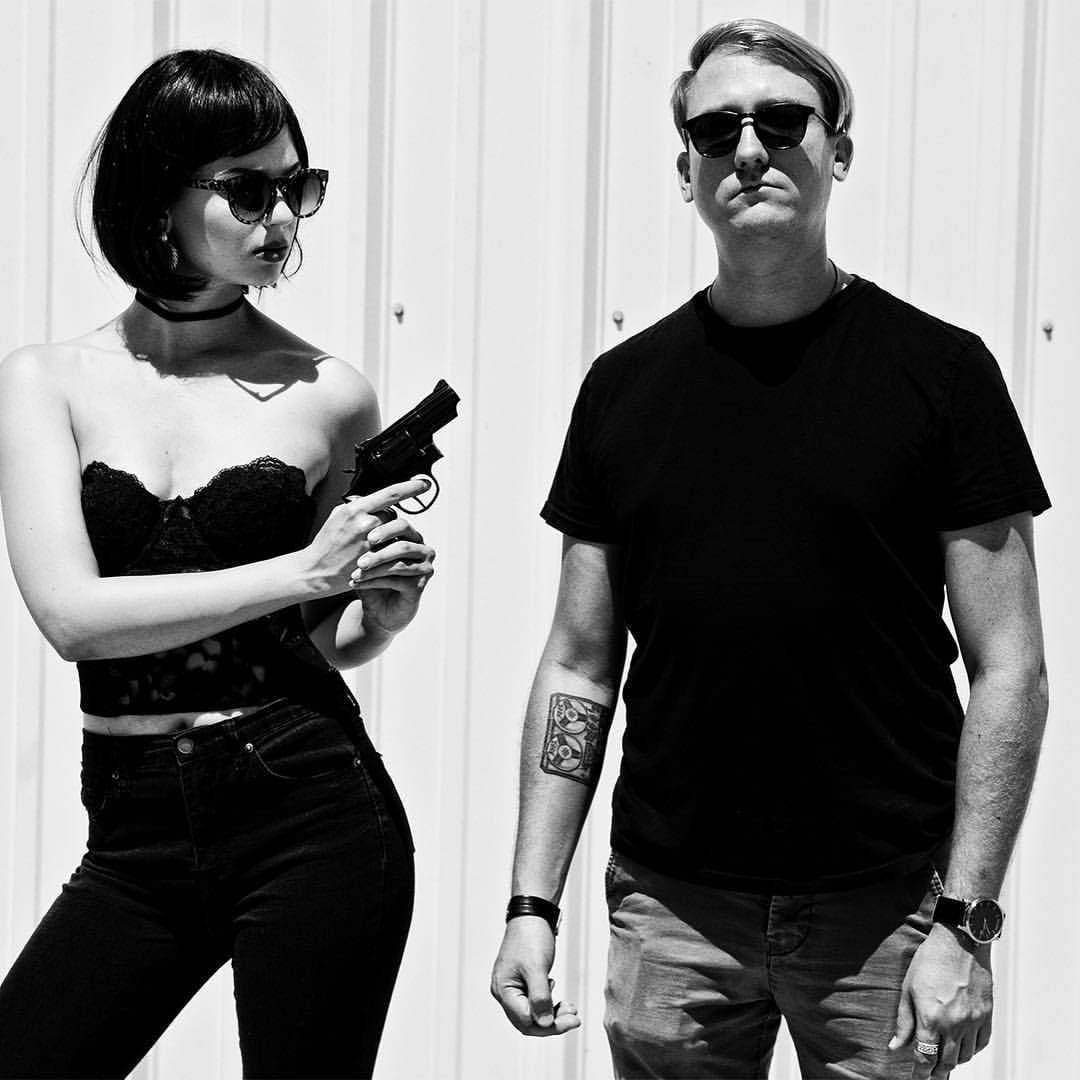
Closing the Inspiration Gap
Only a handful of musicians are able to go beyond their technical knowledge and ability to create something that truly speaks to the artist and resonates with the audience. Talent and technical ability is only a part of that success, with inspiration being the final, and perhaps most important, cog in the wheel of musical magic. “It’s one thing to say that you’re inspired by a piece of music,” said EquipBoard’s Pierce. “What’s more important is making that inspiration your own, understanding precisely how your inspiration may have come up with the sound that you liked so well, and then going through an intentional process of incorporating that information into your own very unique creations.” All three of these artists—Alissa Musto, Rob LaFond, and Mary Sarah—have done just that. Drawing on the music of those who inspire them most, each has created a powerful musical presence that is like none other.











